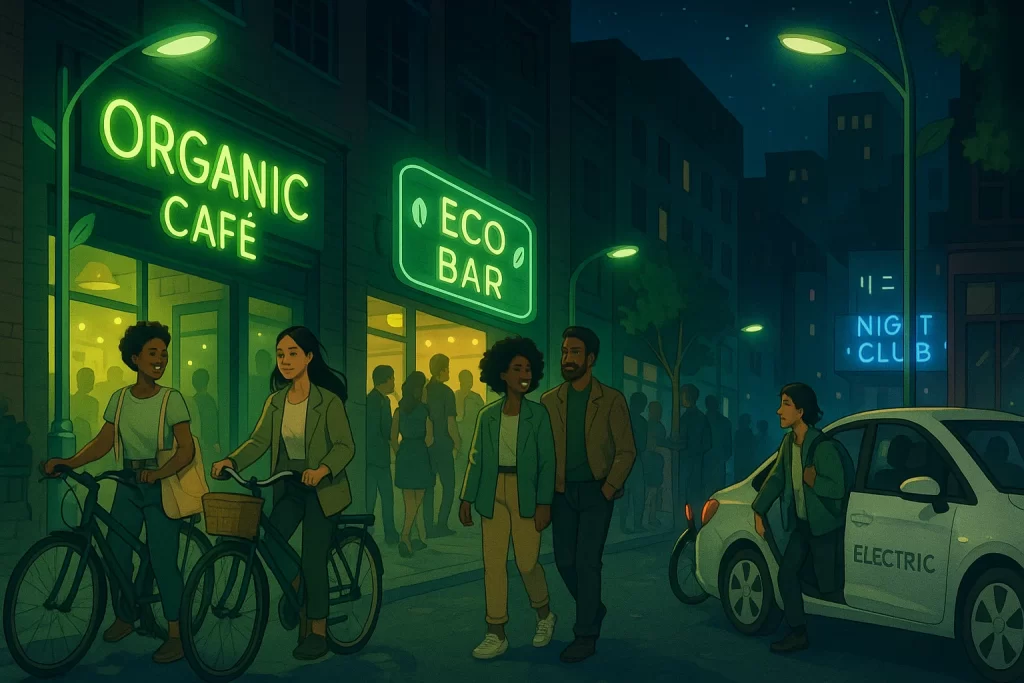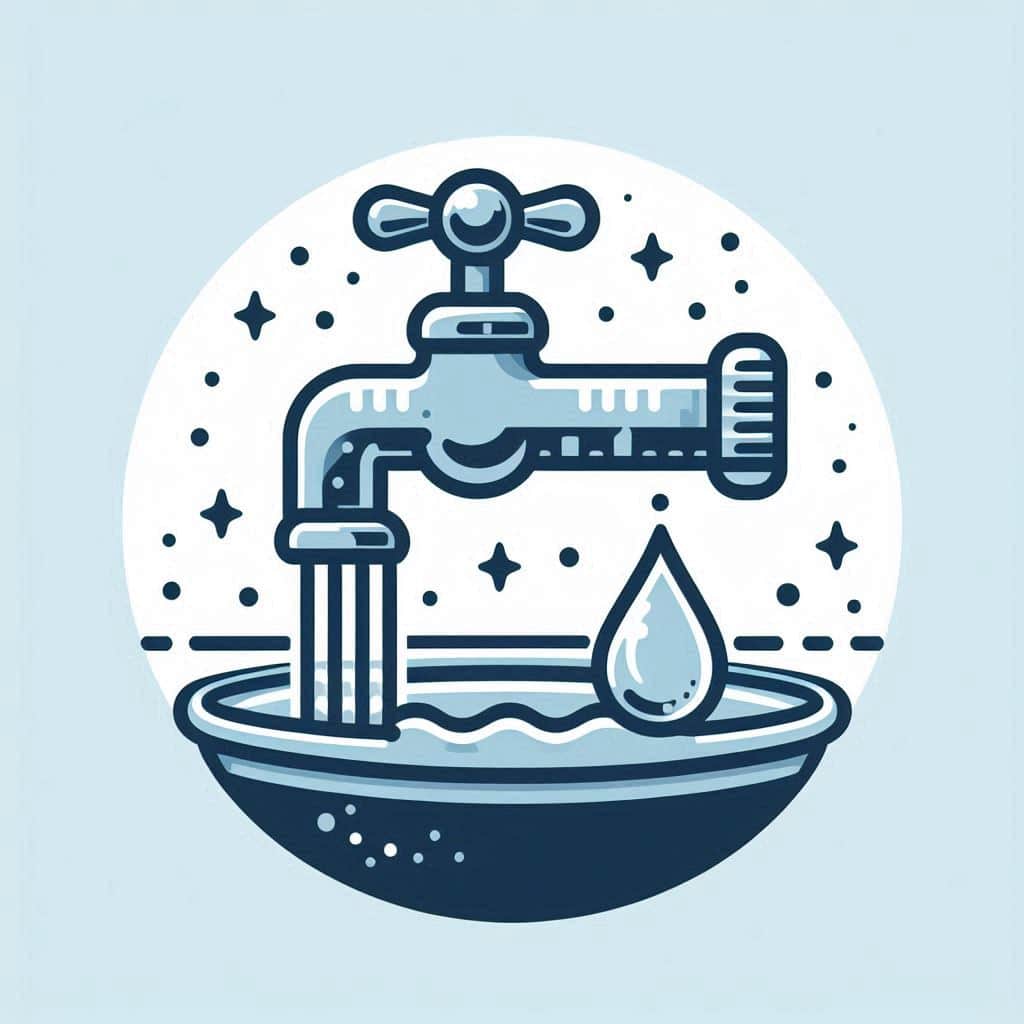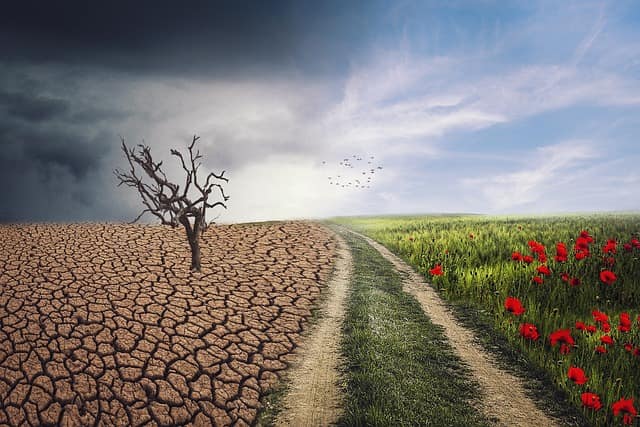The modern 호치민 밤문화 scene is filled with bright lights, loud music, and endless excitement, but it also carries a hidden cost to the environment. From excessive plastic waste to high energy consumption, a night out can leave behind more than just memories. For environmentally conscious individuals, balancing fun and responsibility is essential. Fortunately, there are plenty of ways to enjoy the buzz of nightlife while minimizing your ecological footprint.
Choose Eco-Friendly Venues
The first step in partying sustainably is to be selective about where you go. These days, more and more event places are beginning to incorporate green practices. This is the same reason why you would see a lot of these businesses using LED lighting, serving drinks in a reusable container, and applying recycling programs.
Seek out bars, clubs, or lounges that are certified green or known for their commitment to sustainability. Supporting these businesses helps build demand for eco-conscious choices in the entertainment industry.
Redefining Nightlife for a Greener Future

Sustainable nightlife isn’t about giving up the fun, it’s about making smarter choices that align with your values. From sipping eco-friendly cocktails to dancing under LED lights powered by renewable energy, being environmentally conscious can enhance your night out, not limit it.
As more people demand greener alternatives, the industry will evolve to match those expectations, making sustainability the new standard for entertainment.
Opt for Sustainable Fashion
Outfits are often a big part of nightlife culture, but fast fashion contributes heavily to pollution and waste. So rather than shopping for new clothes for every event, it will be more eco-friendly to consider renting, thrifting, or re-wearing your favorite pieces. Preferably, it is smart to go for natural fabrics like organic cotton or bamboo, and look for brands that emphasize ethical production.
Aside from the fact that you will stand out with a unique look, you’ll also help reduce textile waste and overproduction.
Go Green with Transportation
How you get to and from your party spot matters. Carpooling, using public transportation, or booking an electric ride-share reduces carbon emissions significantly. If you’re close enough, biking or walking can be fun and eco-friendly options. Planning your route in advance helps avoid unnecessary detours that add to fuel consumption.







